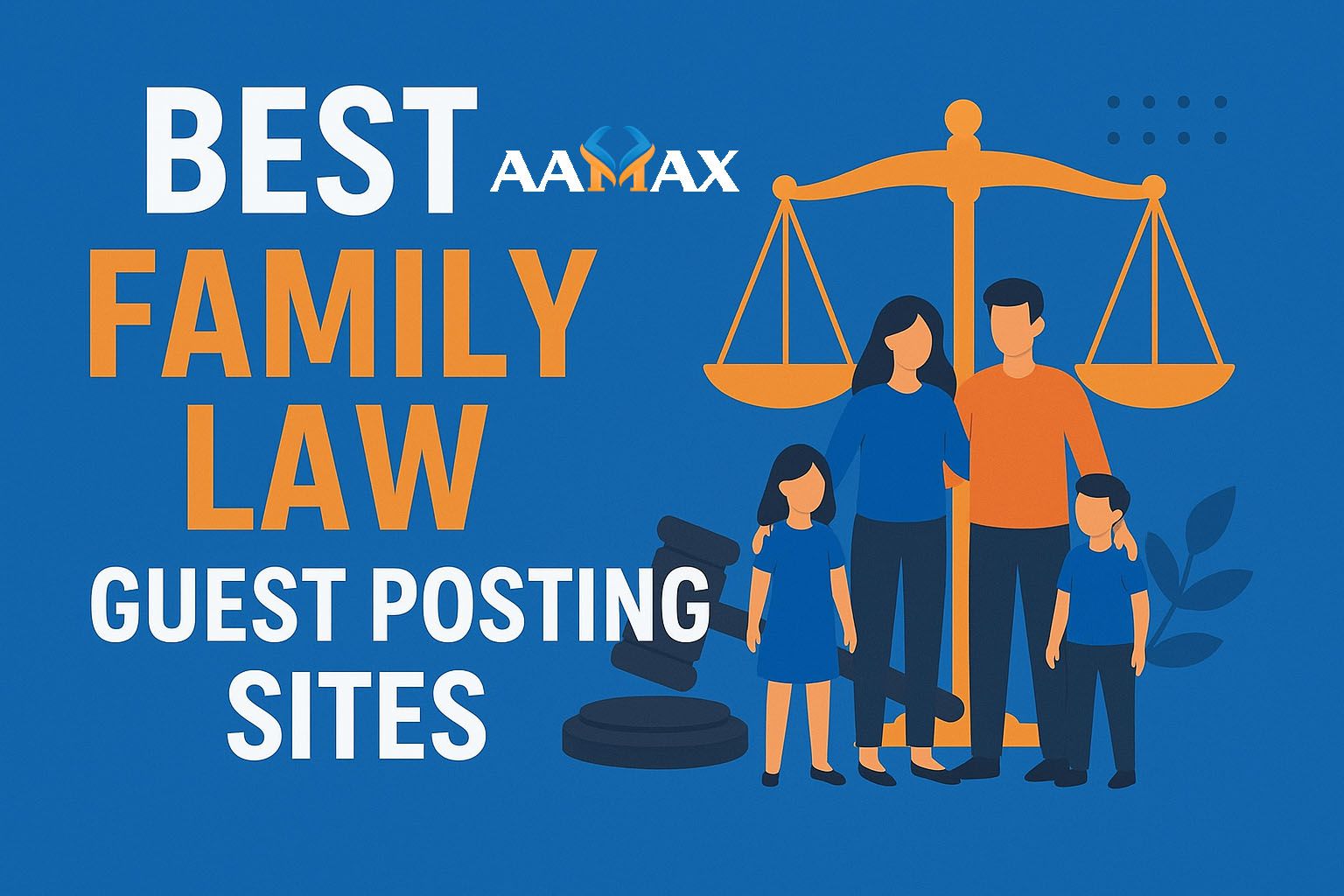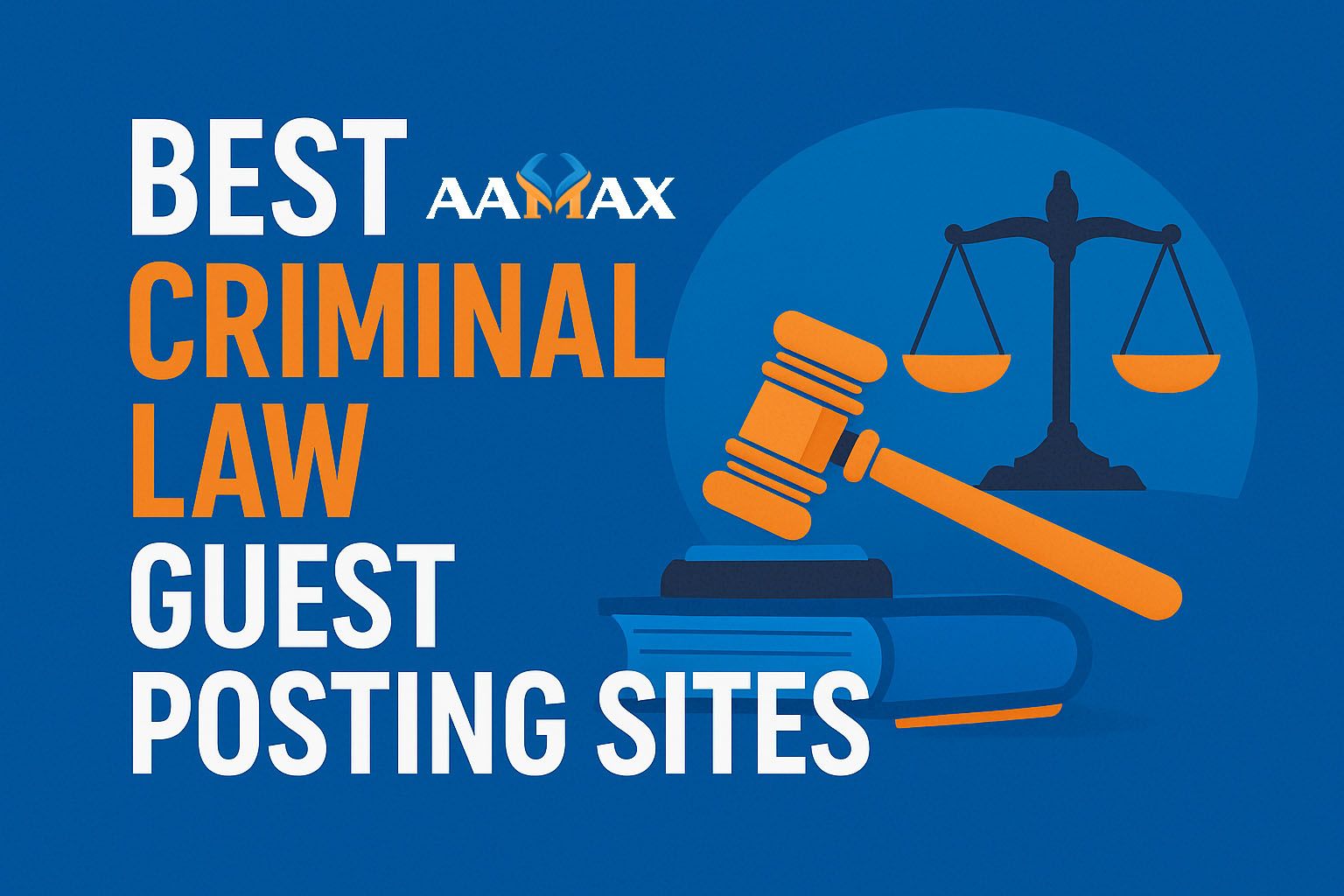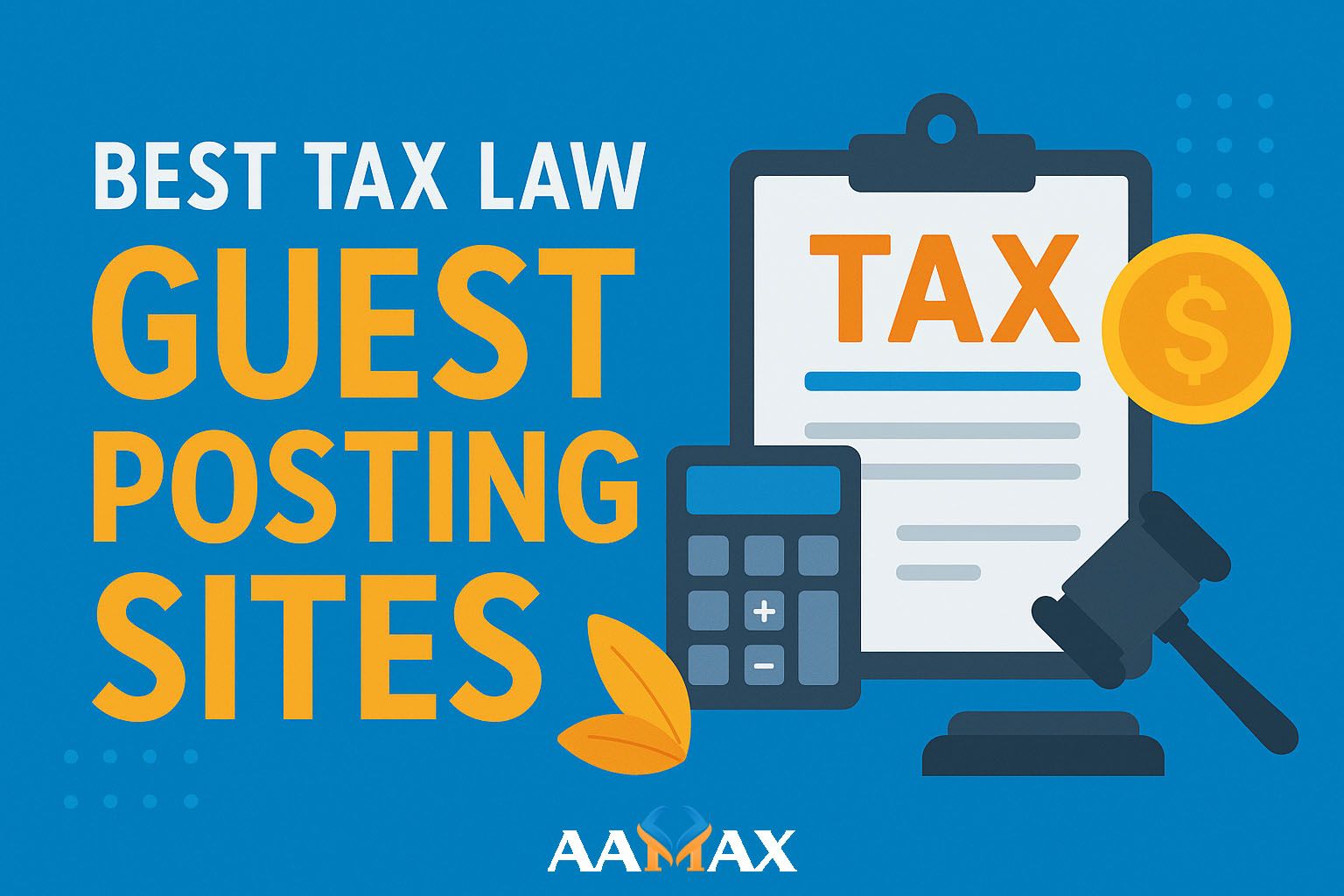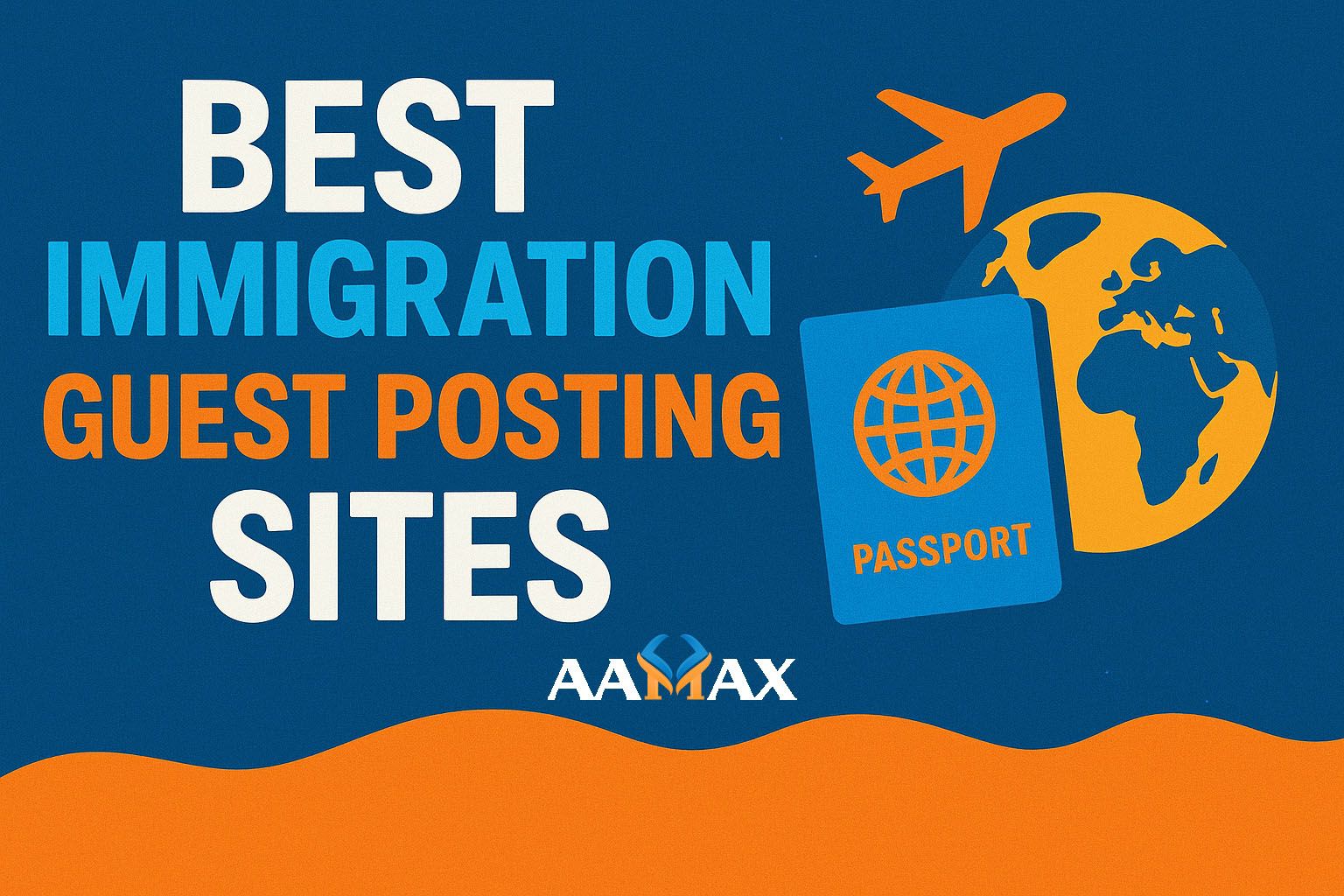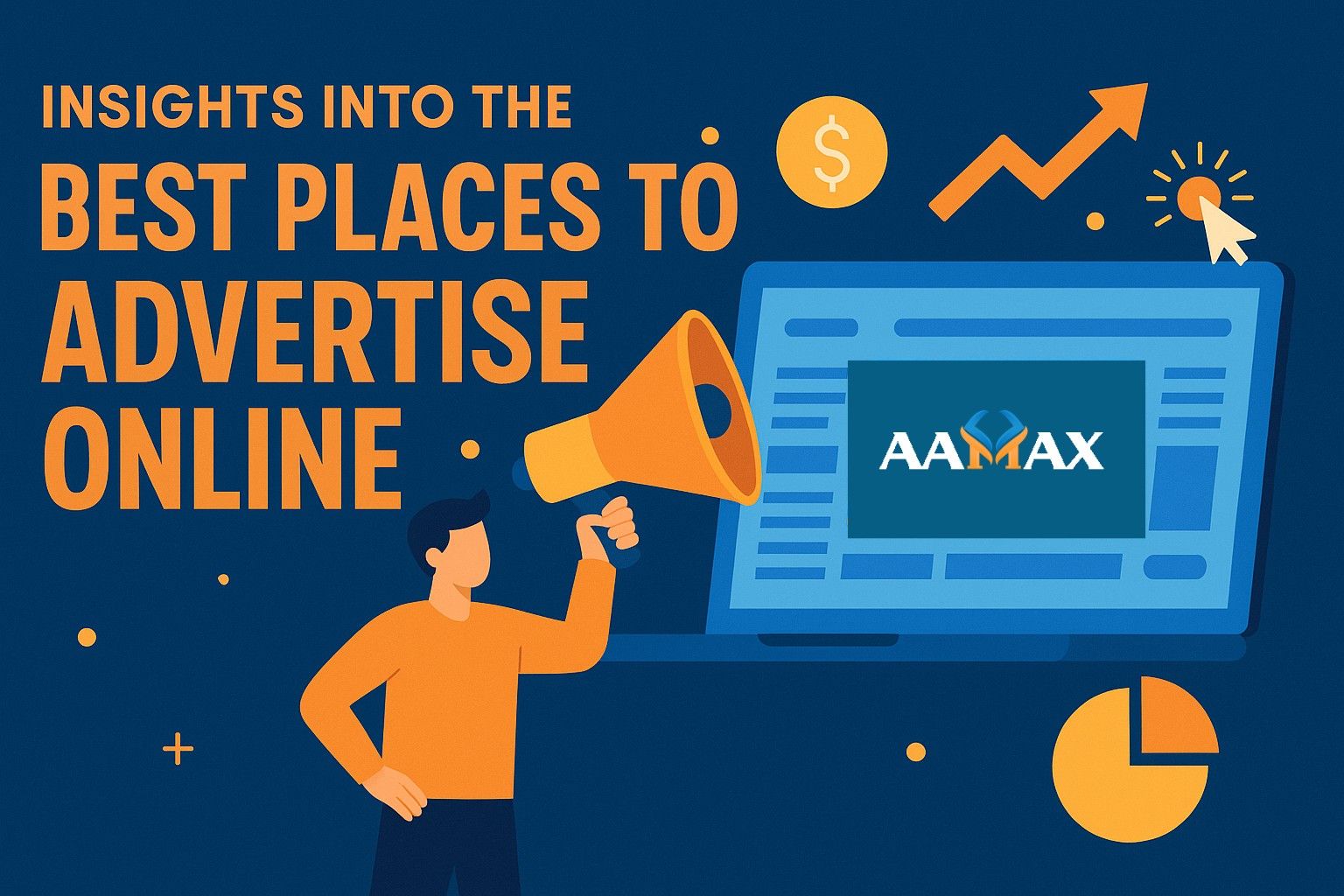
Insights into the Best Places to Advertise Online
In the fast-paced world of digital marketing, choosing the right places to advertise online can make the difference between a campaign that drives significant results and one that wastes resources. With so many platforms available, businesses must carefully evaluate where their target audience spends time, what type of content they engage with, and which channels align best with their marketing goals.
This comprehensive guide explores the best places to advertise online, providing insights into the strengths of each platform, how they work, and strategies for maximizing returns. Whether you’re a small business owner or a marketing professional, understanding where to advertise is the first step toward building a successful digital presence.
Why Choosing the Right Advertising Platform Matters
Online advertising isn’t just about visibility—it’s about relevance. Placing ads on the wrong platform can lead to low engagement, wasted budget, and missed opportunities. The right platform, however, can help you:
- Reach your ideal audience based on demographics, interests, and behavior.
- Increase brand visibility where your customers already spend their time.
- Drive measurable results like website traffic, leads, and conversions.
- Optimize your ROI by targeting effectively and avoiding ad fatigue.
Let’s dive into the best places to advertise online and how you can make the most of each one.
1. Google Ads: The Search Engine Giant
Google Ads is arguably the most powerful online advertising platform. With billions of daily searches, it offers unmatched opportunities for businesses to reach customers actively looking for their products or services.
Why Google Ads Works:
- Intent-based targeting: Ads appear when people search specific keywords.
- Versatile ad formats: Search ads, display ads, shopping ads, and video ads.
- Wide reach: Access to both Google Search and partner websites.
- Data-driven optimization: Detailed analytics to refine campaigns.
Best Use Cases:
- Local businesses wanting immediate leads.
- E-commerce stores promoting products through Shopping Ads.
- Service providers targeting keyword-specific searches.
To maximize results, focus on keyword research, optimize ad copy for click-through rates, and consistently A/B test landing pages.
2. Facebook Ads: Social Media’s Powerhouse
With over 3 billion active users, Facebook remains a go-to advertising platform. Its powerful targeting capabilities allow advertisers to reach specific audiences based on demographics, interests, behaviors, and even life events.
Why Facebook Ads Works:
- Granular targeting: Reach niche audiences with precision.
- Multiple ad formats: Image, video, carousel, lead forms, and more.
- Retargeting opportunities: Engage people who have interacted with your brand before.
- Instagram integration: Advertise across both Facebook and Instagram.
Best Use Cases:
- Brands looking to build awareness and engagement.
- Businesses offering visually engaging products.
- Companies using retargeting to re-engage warm leads.
Strong visuals and compelling copy are key. Always test different creative formats and audience groups to identify the highest-performing combinations.
3. Instagram Ads: Visual Storytelling at Its Best
As a platform heavily focused on visuals, Instagram Ads allow brands to connect with users through images, reels, and stories. With its younger audience base, Instagram is ideal for businesses targeting millennials and Gen Z.
Why Instagram Ads Works:
- Highly visual content: Perfect for product showcases.
- Influencer collaboration opportunities: Tap into existing follower trust.
- Engagement-driven: Likes, shares, and comments amplify reach.
Best Use Cases:
- Fashion, beauty, travel, and lifestyle brands.
- Businesses leveraging influencer marketing.
- Companies looking to build strong brand identities.
Consistency is key on Instagram. Use storytelling techniques and interactive features like polls and quizzes in Stories to drive engagement.
4. LinkedIn Ads: Professional Networking Hub
LinkedIn is the ultimate platform for B2B advertising. With over 1 billion professionals, it allows businesses to reach decision-makers, executives, and industry leaders.
Why LinkedIn Ads Works:
- Professional targeting: Job title, industry, seniority, and company size.
- High-value audience: Professionals with purchasing power.
- Ad formats: Sponsored content, InMail, and lead generation forms.
Best Use Cases:
- B2B companies promoting services or products.
- Recruiters targeting top talent.
- Educational institutions offering professional courses.
Although LinkedIn ads are typically more expensive, they deliver higher-quality leads and stronger ROI for businesses targeting professionals.
5. YouTube Ads: Video Marketing Dominance
As the second-largest search engine after Google, YouTube provides incredible opportunities for video advertising. With billions of daily views, it’s perfect for brands that can tell their story visually.
Why YouTube Ads Works:
- Massive audience reach: Engage users globally.
- Multiple ad formats: Skippable, non-skippable, bumper, and display ads.
- Precise targeting: Demographics, interests, topics, and remarketing.
Best Use Cases:
- Brands with strong storytelling through video.
- Businesses explaining complex products or services.
- Companies aiming for brand awareness at scale.
For best results, keep videos short, engaging, and optimized for mobile. Always include a clear call-to-action (CTA).
6. TikTok Ads: Short-Form Viral Content
TikTok has quickly become one of the hottest platforms for advertisers. With its creative, short-form video format, it provides massive engagement opportunities, especially with younger audiences.
Why TikTok Ads Works:
- Highly engaging content: Short videos are shareable and addictive.
- Massive reach: Over 1 billion monthly active users.
- Trend-driven advertising: Leverage trending sounds and hashtags.
Best Use Cases:
- Brands targeting Gen Z and millennials.
- Companies in fashion, lifestyle, and entertainment.
- Businesses looking for viral marketing opportunities.
Creativity is everything on TikTok. Focus on authenticity and leverage influencers to amplify reach.
7. Twitter (X) Ads: Real-Time Engagement
Twitter, now known as X, thrives on real-time conversations and trends. It’s a great place for brands to join discussions, promote content, and drive awareness.
Why Twitter Ads Works:
- Engaged user base: People come for news, updates, and live conversations.
- Trending topics: Brands can capitalize on trending hashtags.
- Ad formats: Promoted tweets, follower campaigns, and trend takeovers.
Best Use Cases:
- Brands seeking real-time engagement.
- Companies in news, tech, or entertainment.
- Businesses aiming to drive traffic to blogs or resources.
Success on Twitter requires timely content and active participation in conversations relevant to your industry.
8. Pinterest Ads: Inspiration & Shopping Hub
Pinterest is a platform where people search for inspiration, ideas, and products. Advertising here allows brands to target users at the planning stage of their customer journey.
Why Pinterest Ads Works:
- High purchase intent: Many users search with buying in mind.
- Visual search: Image-driven platform encourages product discovery.
- Ad formats: Promoted pins, shopping ads, and carousel pins.
Best Use Cases:
- E-commerce stores with visually appealing products.
- Businesses in home decor, fashion, beauty, and DIY.
- Brands wanting to capture customers early in the buying cycle.
Strong visuals are essential. Focus on lifestyle images that show products in real-world contexts.
9. Native Advertising Platforms
Native ads blend seamlessly with the platform’s content, making them less intrusive and more engaging. Platforms like Taboola, Outbrain, and Sharethrough specialize in distributing native ads across publishers.
Why Native Ads Work:
- Non-disruptive: Ads match the look and feel of content.
- Scalable: Reach millions of readers across partner sites.
- Higher engagement rates: Users are more likely to click.
Best Use Cases:
- Content-driven marketing strategies.
- Businesses seeking brand awareness at scale.
- Companies promoting articles, guides, or thought leadership pieces.
Native advertising is especially effective for storytelling and educating potential customers before a direct sales push.
10. Email Advertising & Sponsored Newsletters
While often overlooked, email advertising remains one of the highest ROI channels. Sponsoring newsletters or running targeted email ads allows businesses to reach highly engaged audiences.
Why Email Ads Work:
- Direct access: Messages go straight to inboxes.
- Targeted lists: Reach specific demographics through newsletter publishers.
- High ROI: Email consistently delivers strong returns.
Best Use Cases:
- Niche businesses reaching specific audiences.
- Companies promoting exclusive offers or events.
- Brands aiming to build long-term customer relationships.
Personalization is key in email advertising. Use customer data to craft messages that resonate with each segment.
Bringing It All Together
There’s no single “best” place to advertise online—it depends on your audience, goals, and budget. Google Ads and Facebook provide massive reach, Instagram and TikTok excel in visual storytelling, while LinkedIn is ideal for B2B. Platforms like YouTube, Pinterest, and native advertising networks offer unique advantages for brand awareness and engagement.
A successful digital strategy often involves using multiple platforms together for maximum impact.
Final Thoughts
Online advertising is more dynamic than ever, and businesses that understand where to focus their efforts gain a competitive edge. By aligning platform strengths with audience behavior, you can drive measurable results and sustainable growth.
And if you’re ready to take your advertising efforts to the next level, you can AAMAX. AAMAX is a full-service digital marketing company offering web development, digital marketing, and SEO services—helping businesses maximize their online visibility and ROI.
With the right partner and the right platforms, your online advertising can transform from an expense into a powerful growth engine.

